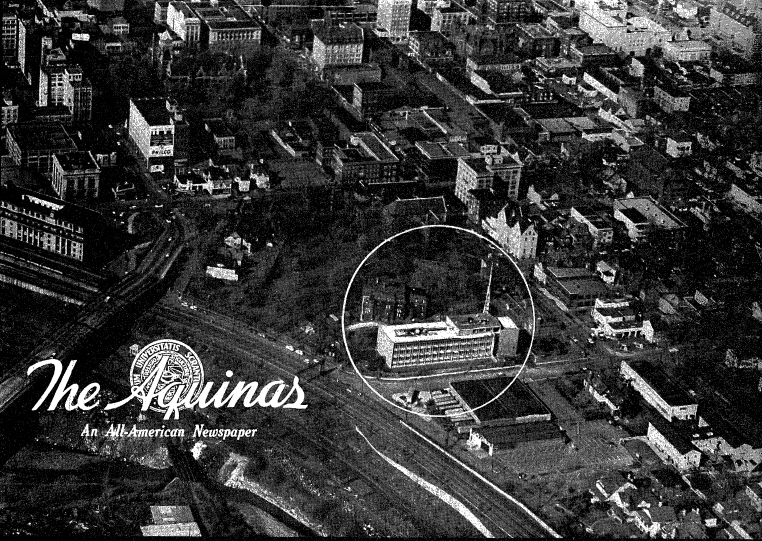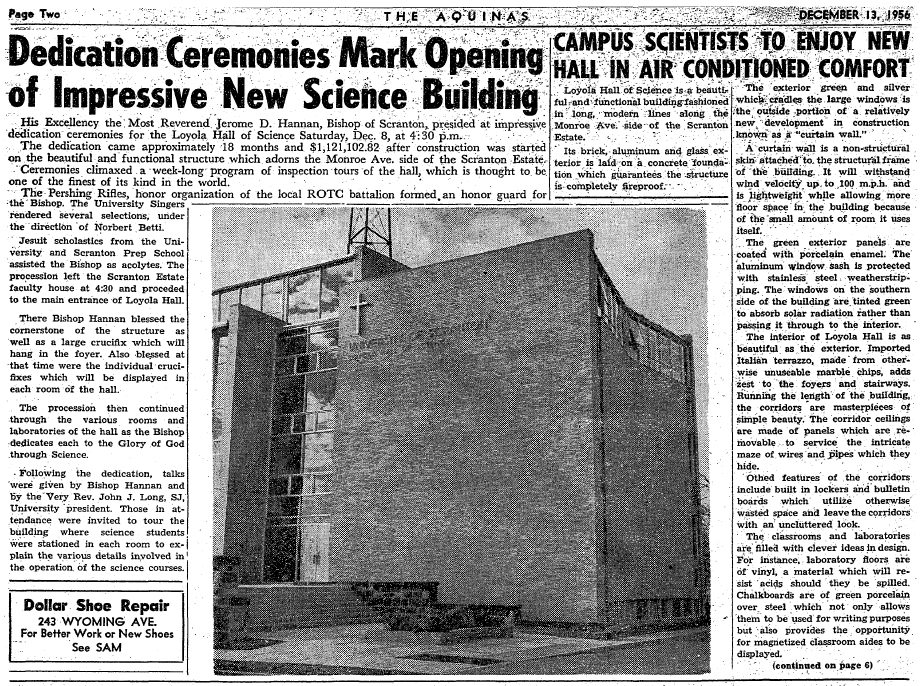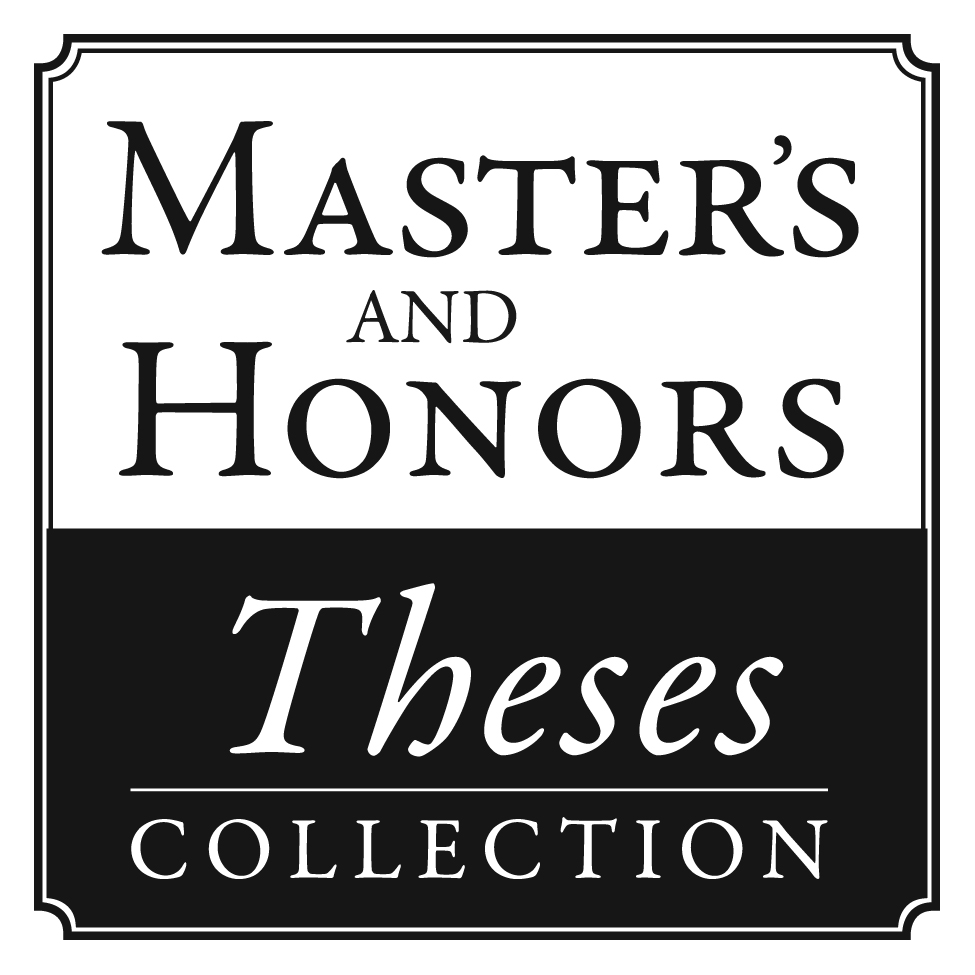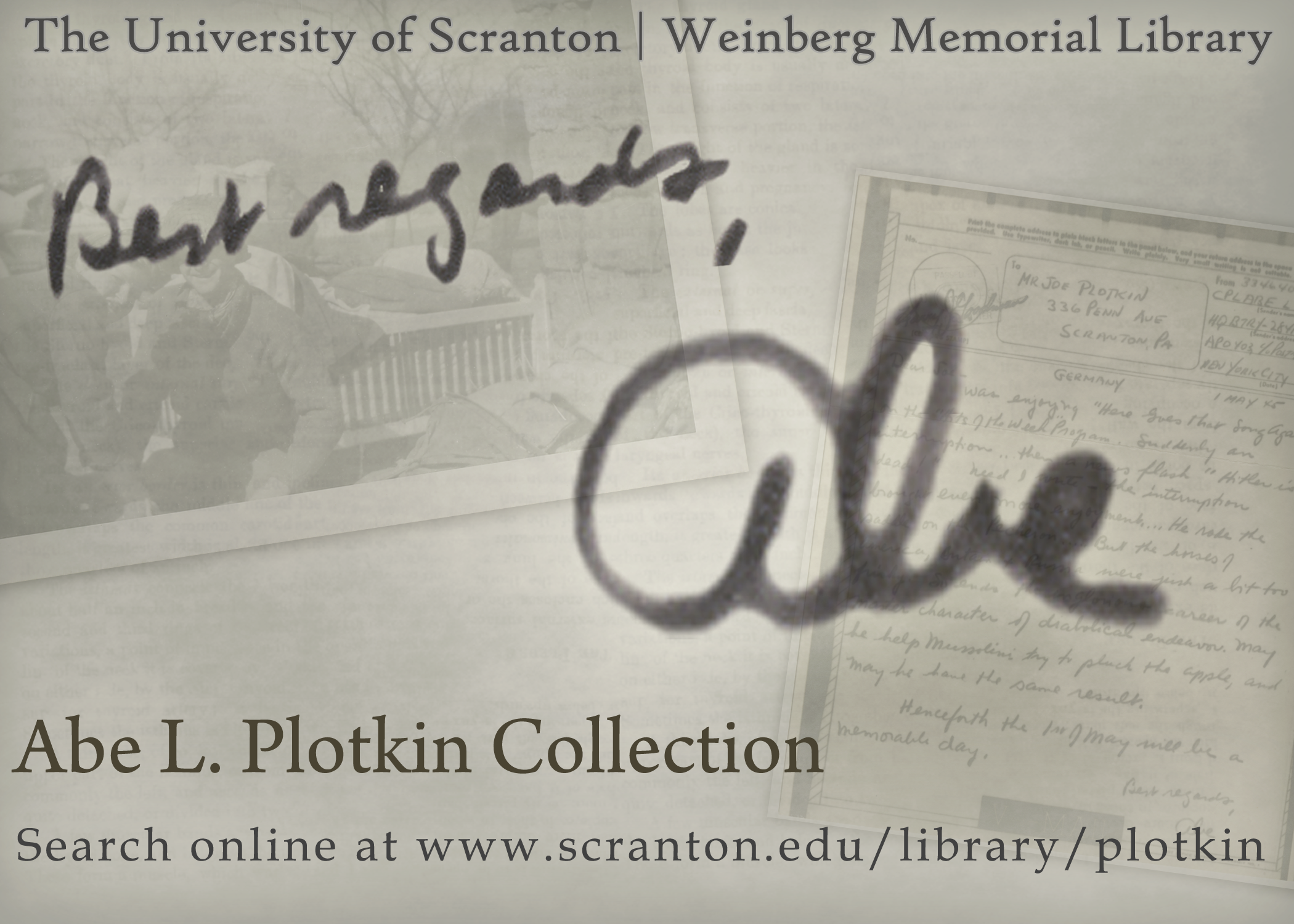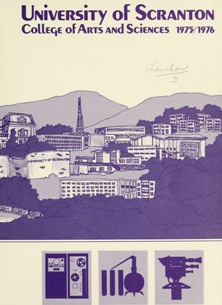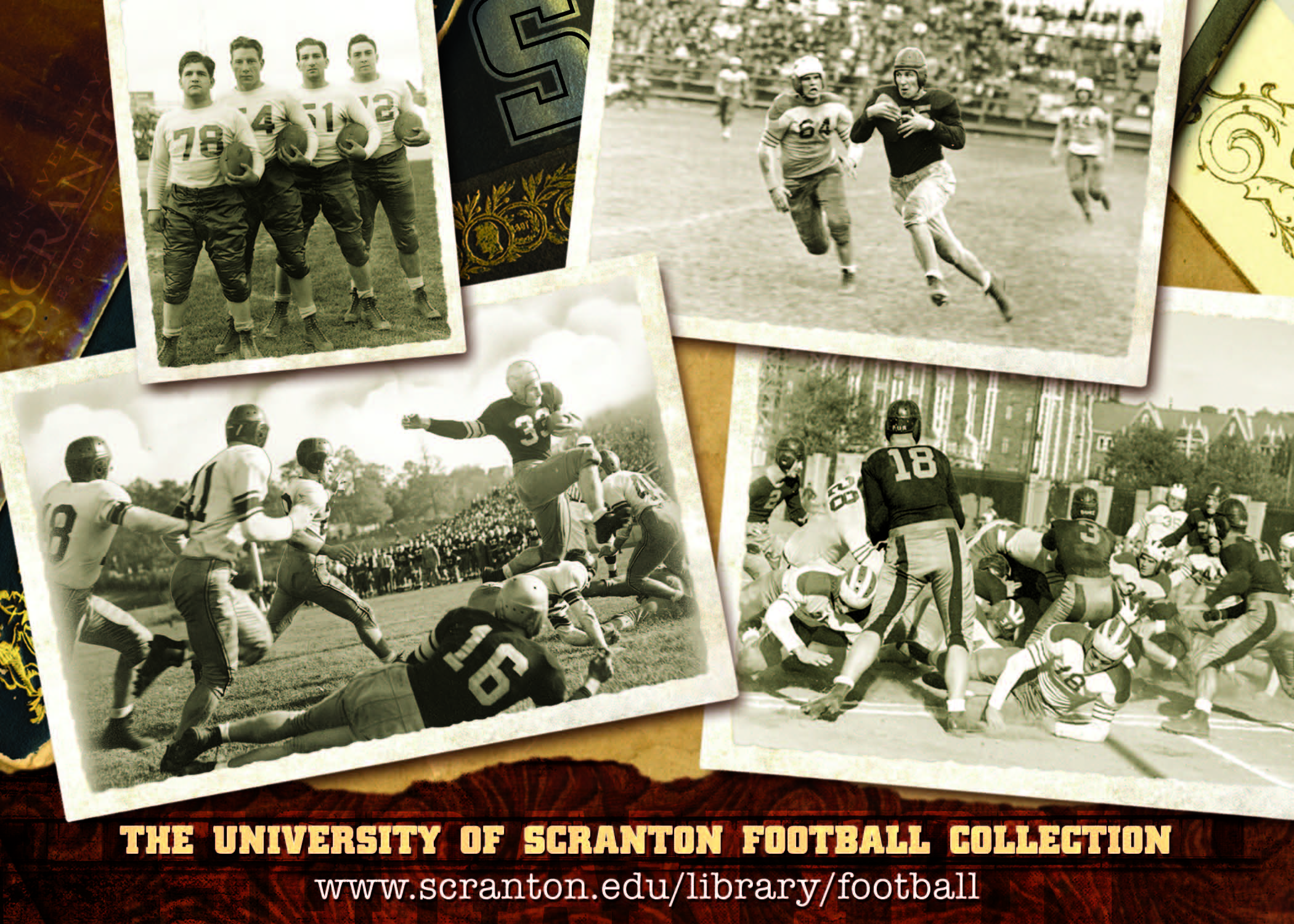Source: Uploaded by user via Kay on Pinterest
It’s been quite a while since we last saw all our students and faculty. While we hope everyone had a relaxing and calm intersession, ours was anything but! We’ve been working hard all month long to update, improve, maintain, and increase our Library resources and services, both in person and virtual. We’ll be posting more detailed announcements throughout the month, but here’s a sneak peek at what’s coming your way in Spring 2012:
- Thousands of new streaming media titles
- Mobile access to Library resources
- Combined book and database search in our catalog
- Better social features in our catalog (so you can like or share our resources)
- A major facelift for our digital collections
- Thin client computing in our computer labs
- Lots of unique events for our students and faculty – from our Earth Week Environmental Art Show to our Technology on Your Own Terms workshops to the Schemel Forum’s courses, luncheons, and trip
- A new home, a new look, and a new name for this blog (can you believe it’s almost 4 years old?)
We’re excited to have everyone back on campus (even if it means we have to fight for parking spaces again), so stop by anytime to say hi! We’re back on our regular hours for the Spring semester:
Monday-Thursday: 8:00 a.m. – 11:30 p.m.
Friday: 8:00 a.m. – 10:00 p.m.
Saturday: Noon – 8:00 p.m.
Sunday: Noon – 11:30 p.m.








